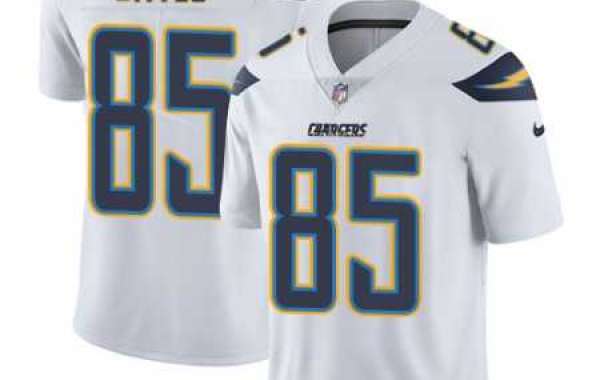D2R Runes and the Rune Words created by combining them are a crucial component of the arsenal in Diablo 2: Resurrected. In 2001, the expansion Lord of Destruction introduced runes and Rune Words to Diablo 2, adding a fifth act and completely transforming the game with the addition of runes. The most coveted runes can also serve as a form of currency for trading top-tier items.
Diablo 2 Resurrected Runes and Rune Words are integral to enhancing your items and abilities in Diablo 2: Resurrected. They play a pivotal role in the online market and trading with other players. In this article, we will guide you through the functions of runes and Rune Words, their benefits, and how to create them. We will also review all the Rune Words in Diablo 2: Resurrected, including the latest ones introduced in patches 2.4 and 2.5.
What are Diablo 2: Resurrected Runes?
Runes are items you can encounter anywhere in Diablo 2: Resurrected, regardless of whether you're playing on normal, nightmare, or hell difficulty. However, some areas are more suitable than others for rune drops, and we'll provide you with more information on this later in the guide.
Runes can be inserted into socketed items to enhance their various properties and benefits. However, the most effective use of runes is to combine them in a unique order to create Rune Words, which grant specific attributes to your items.
Runes also serve another purpose; they can be used in the Horadric Cube to repair equipment when combined with damaged gear. If you're struggling with gold and can't afford the repair costs from vendors, this can be a great alternative. For this, you need to place a Ral Rune and the damaged equipment in the Horadric Cube for the transformation. This process will repair your gear and make it usable again.
D2R Runes can also be upgraded in the Horadric Cube by combining three runes of the same type to obtain the next higher-level rune. This process is commonly referred to as cubing. For instance, you can place three El Runes into the Horadric Cube and transform them into one Eld Rune. This way, you can obtain higher-level runes without waiting for them to drop. Below, you'll find this recipe and other useful combinations.
Each rune has a rarity value, ranging from the most common (El) to the rarest (Zod), based on their drop frequency and the likelihood of obtaining them naturally. Hence, they often serve as currency in Diablo 2. Runes from El to Lem are considered low-value common runes. Pul to Gul are mid-value runes, while Vex to Zod are regarded as the most valuable ones. Exercise caution when dealing with higher-level runes you acquire!
If you're a Diablo 2: Resurrected enthusiast short on time, you can explore Buy D2R Runes from reputable suppliers. RPGStash is a highly recommended platform for this, specializing in Diablo series services, offering impeccable service, 100% security, swift delivery, and 24/7 online support.














